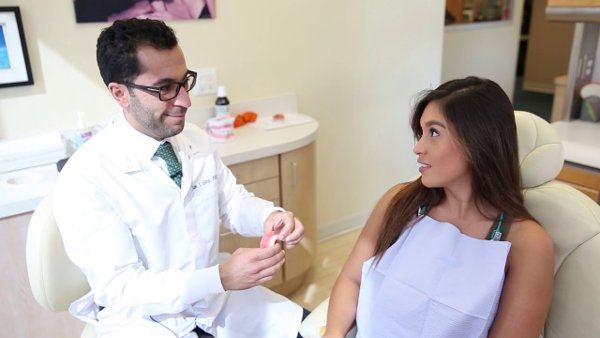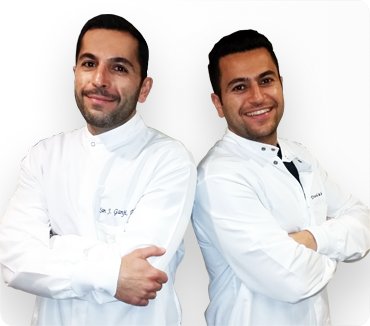What are All-On-4 or All-on-6 Dental Implants?
The good news for those who have lost one or more teeth is that dentists offer remedies that could improve how their mouth feels, looks, and functions. Dentures can fix most tooth loss situations. They are detachable dental prosthetics made from acrylic, nylon, or metal. They fit snugly over your gums to replace missing teeth and care for any issues that can arise from tooth loss.
Dentists can advise dental restoration techniques depending on how many teeth you are missing and where in your mouth they are located. Using implant-supported denture frameworks like All-on-4 or All-on-6 can benefit patients who experience tooth loss in both or one of their dental rows.
Your dentist can suggest a restorative surgery if you lose an entire row of teeth so that you will not have to deal with the many drawbacks of standard dentures. If your dentist is trying to replace a whole row of missing teeth with dentures, keep in mind that restorative procedures involving dentures involve the use of adhesives and pastes, which could produce a big mess. These pastes and bonds have the potential to irritate your gums, create discomfort, and induce slippage.
All-on-4 and All-on-6 dental implants provide superior stability, security, comfort, and aesthetics. After significant tooth loss, they can enable you to smile again as you recover your ability to laugh, eat, and speak. In dental restoration operations, conventional dentures are still often employed. But for the majority of dental patients, they could be less effective.
As an illustration, some patients have complained that the denture adhesives used to secure dentures prematurely detach from the gum. That can occur unexpectedly, which would be embarrassing for you, especially in a social context. Additionally, the denture adhesive's powerful bond can restrict a patient's eating ability. After receiving dentures, you will only be able to eat some of your favorite foods.
Additionally, conventional dentures cannot stop the jawbone's deterioration over time due to tooth loss. When all of your natural teeth are present, they put pressure on the jawbone when you eat or move your mouth normally, increased jawbone density results from the pressure's stimulation of bone formation and strengthening of that particular region. When you lose one or more teeth due to an accident or another reason, the jawbone is no longer under as much stress. Over time, it begins to lose its density and strength.
The All-on-4 and All-on-6 implants deliver a better result than conventional dentures, making them great for replacing multiple missing teeth. First off, the all-on denture adhesive that dentists employ is more reliable. Dentists make them by directly integrating the anchoring implants into the jawbone. The stimulus provided by this method is equivalent to that of actual teeth. Consequently, it keeps your jawbone strong and functional and prevents bone density loss.
All-on-4 and All-on-6 dentures' stability also provides a more reliable connection for tooth replacement. This implies that you can eat whatever you want without worrying about your teeth coming out accidentally or loosening at any time.













